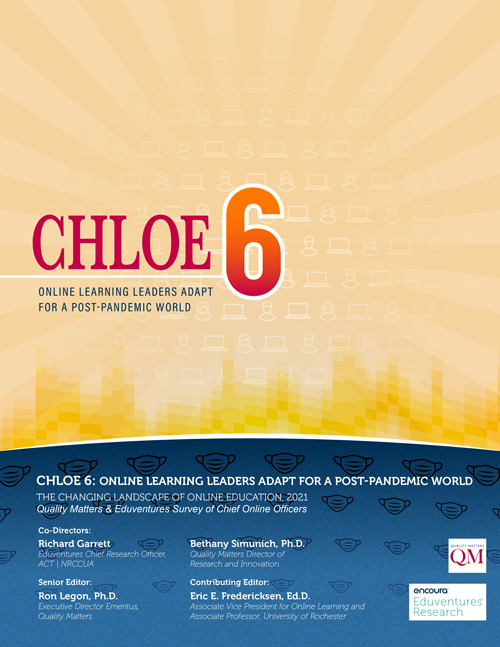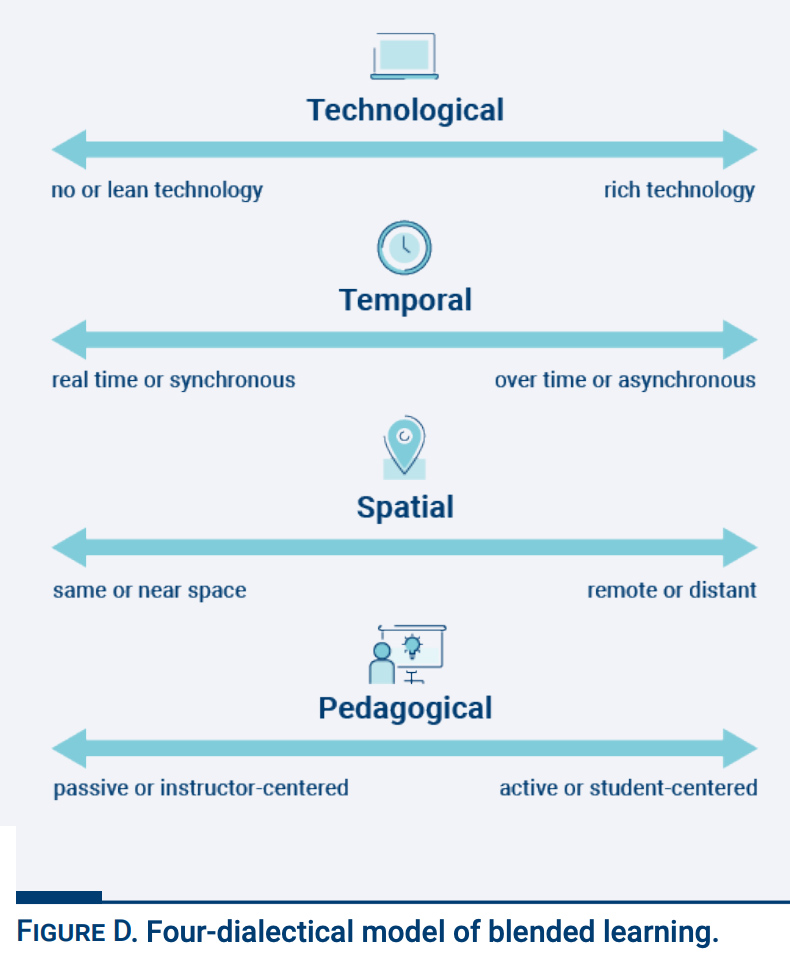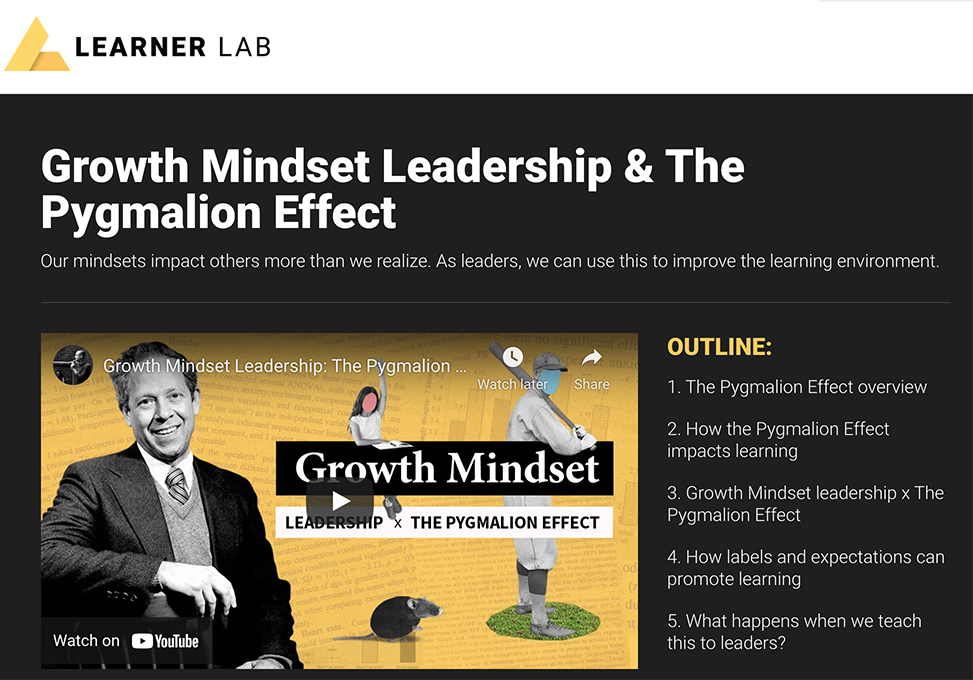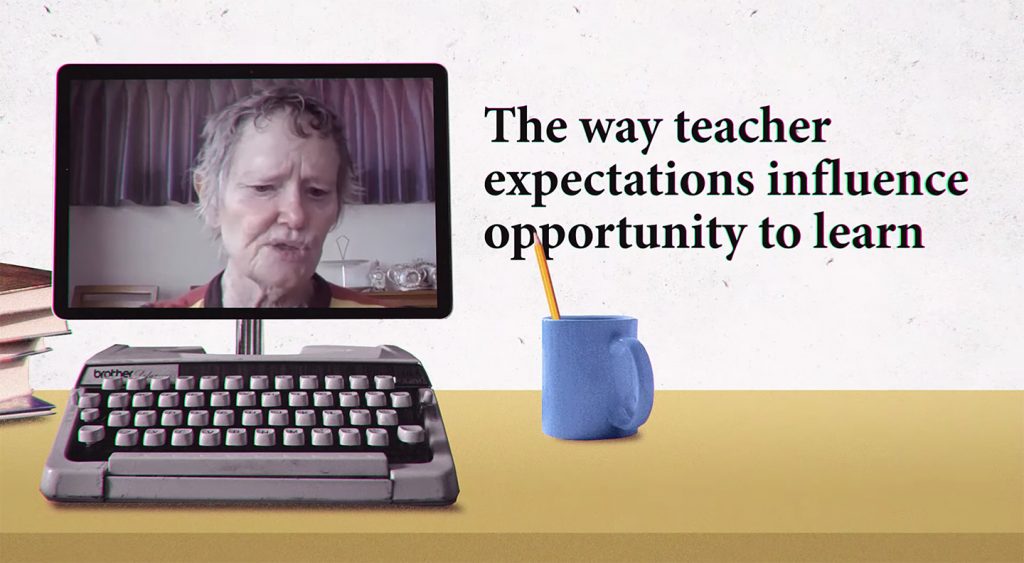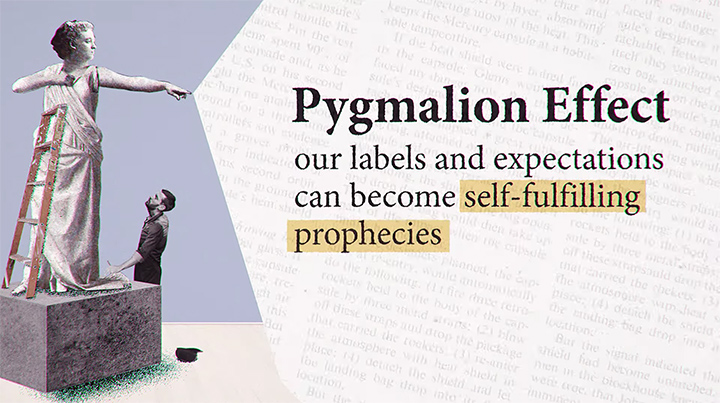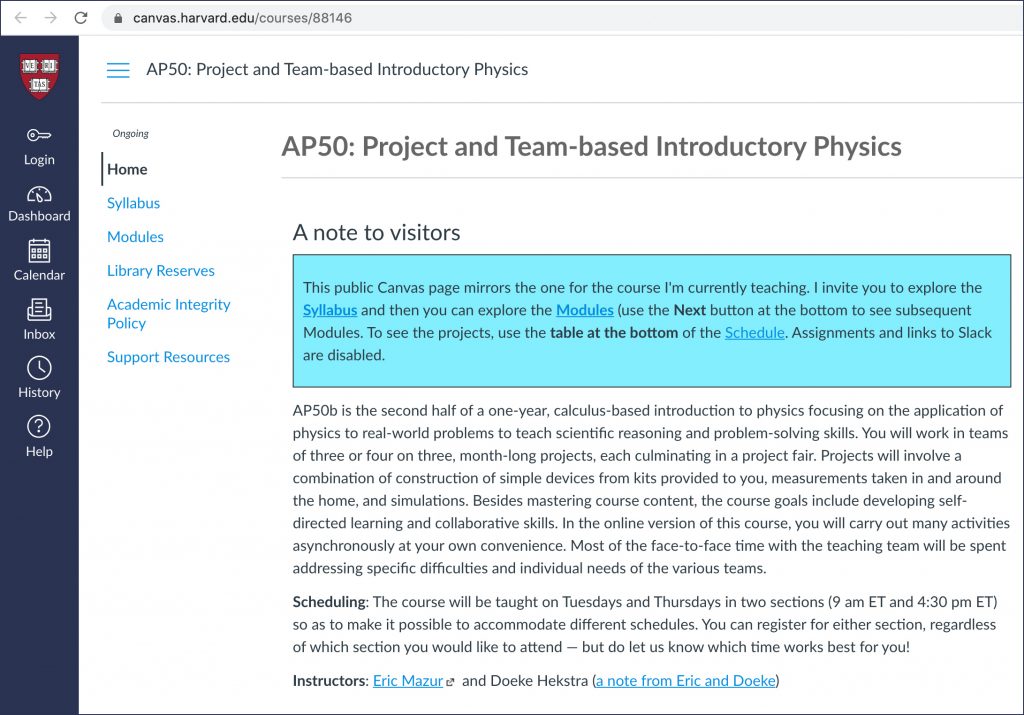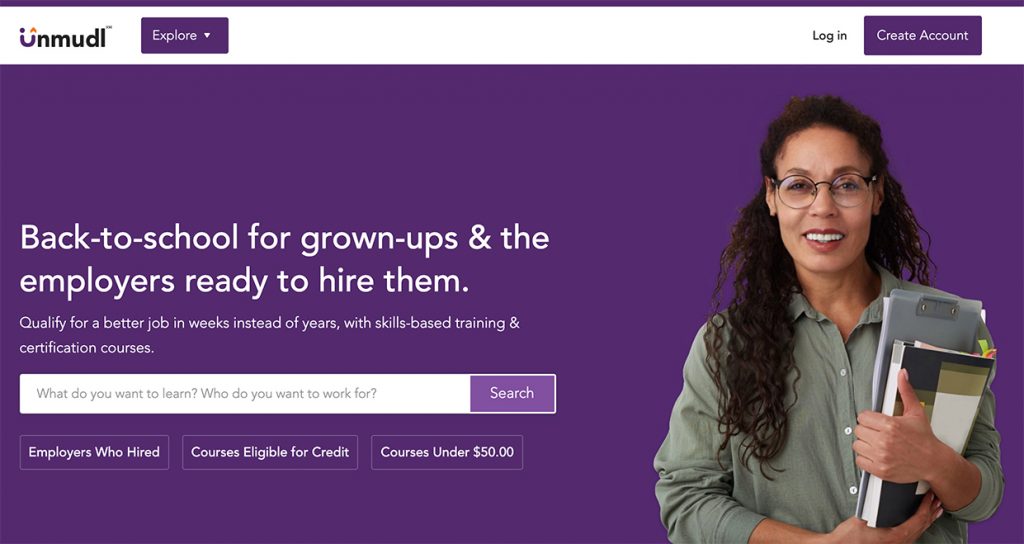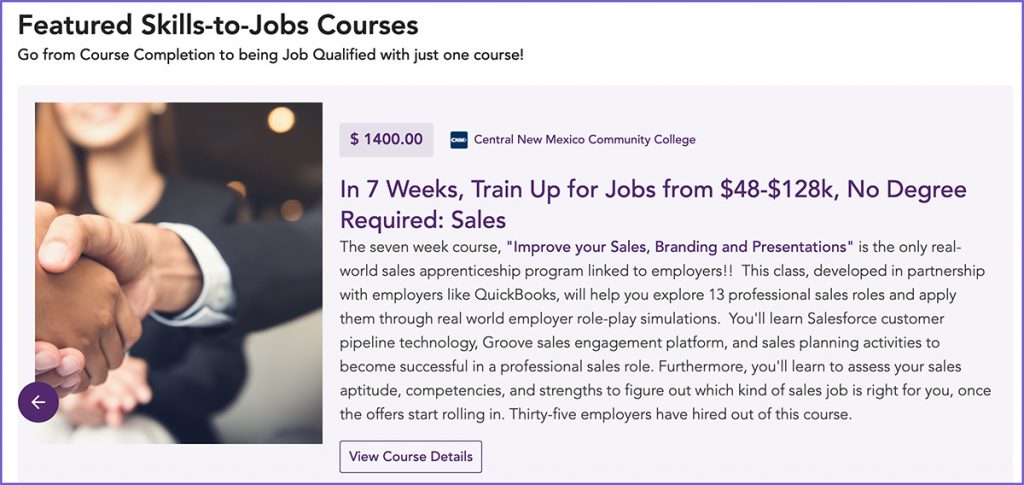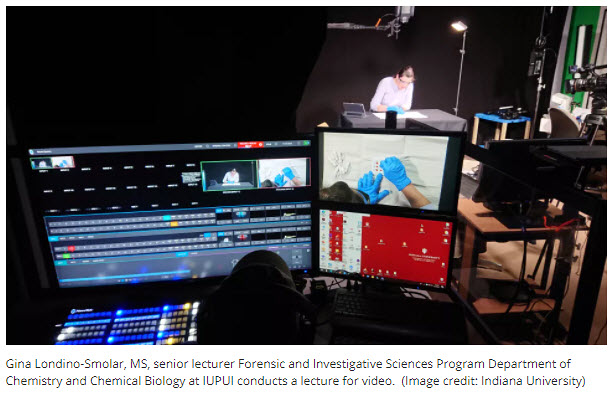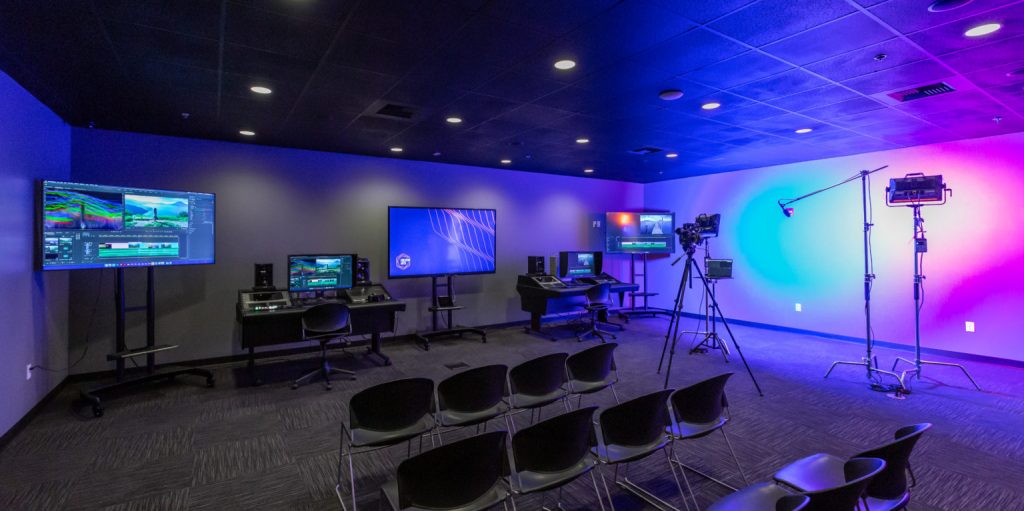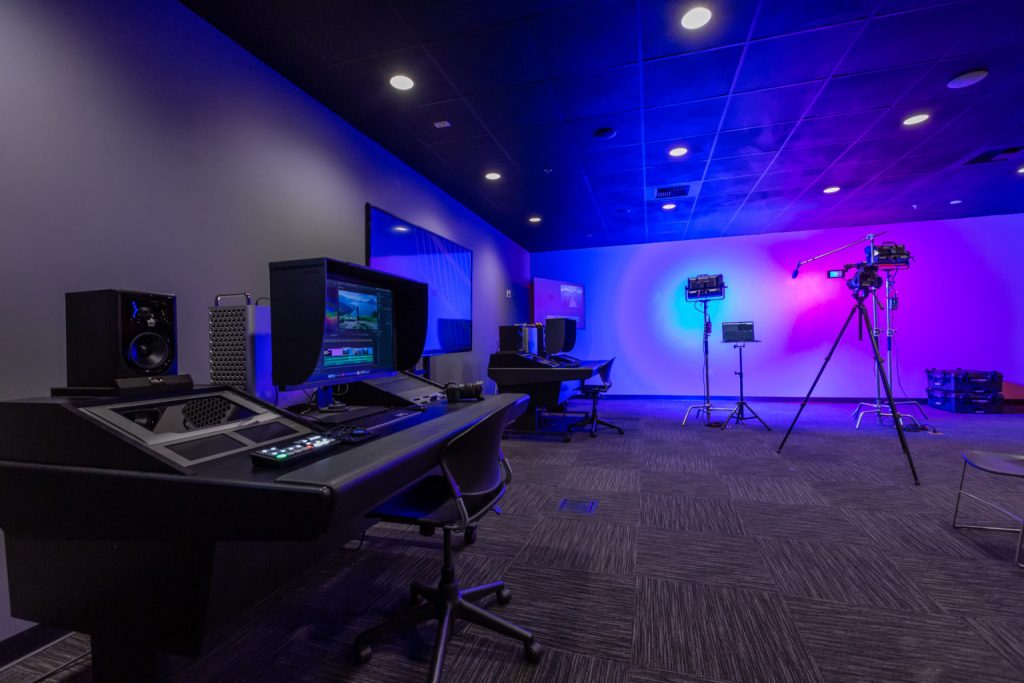2021 CHLOE 6 Report
CHLOE 6: Online Learning Leaders Adapt for a Post-Pandemic World — from qualitymatters.org
Excerpt:
The 2021 report, authored by Quality Matters and Eduventures® Research, tracks how institutions are reassessing their priorities related to online learning and shifting focus to ed tech enhancements, faculty professional development and online quality. The report was compiled from responses from 422 chief online officers (COO) representing 2- and 4-year colleges and universities.
More than half of the survey respondents (57%) across all sectors of higher education, including predominantly in-person institutions, indicated that, going forward, the pandemic experience is leading to a positive reassessment of institutional priorities related to online learning. Key survey findings from the 69-page report include:
- An elevated commitment to online learning quality assurance goals, including having courses meet quality standards, supported by a commitment to faculty professional development.
- An average 10-15% increase across institutions in online professional development and student orientation to online study to serve formerly in-person faculty and students.
- The largest yearly increases ever in ed tech investment in 2020 and 2021 across all sectors of higher ed.









